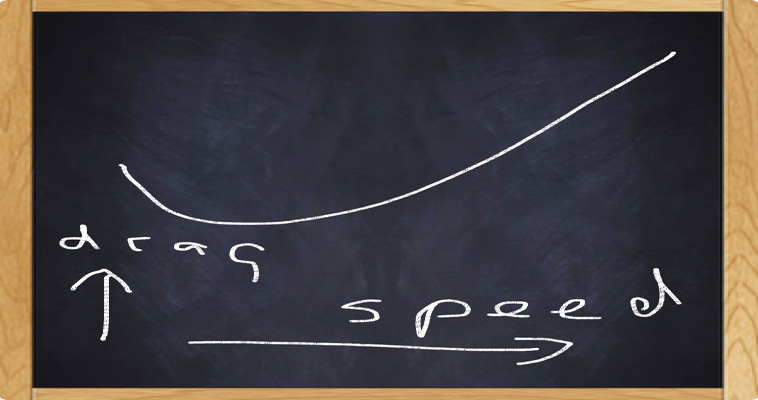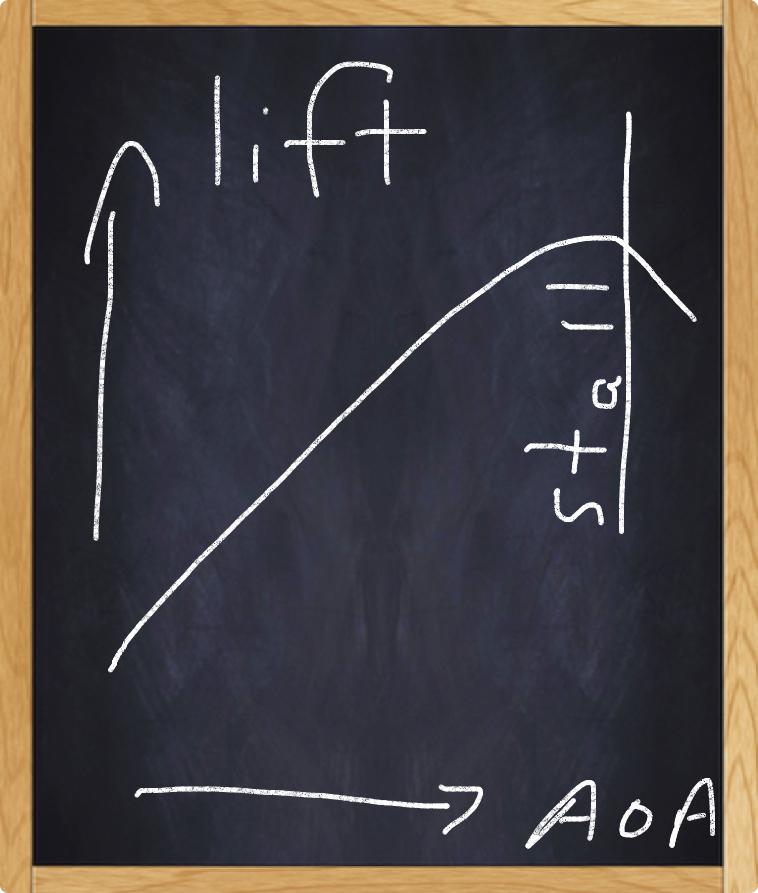document.write(" serif">Automation and Hubris
Bernard Ziegler designed the Airbus to be pilot-proof. He is a good pilot, and he noticed that many pilots are less skilled than himself. In the interest of safety, he designed an airplane that could not be stalled. But it has been known for thousands of years that hubris is followed by nemesis, that Pride goeth before destruction, and an haughty spirit before a fall. (Proverbs, 16:18)
Hubris is arrogance before the gods. The goddess Nemesis alone can see the fine line between doing the best work you can and believing that your work is somehow superior. Cross the line and she is ruthless, finding your fatal flaw and using it to bring you down.
AF 447 was the fall of the hero. Pilot carelessness led the airplane into a line of thunderstorms. Supercooled water drops overwhelmed the pitot heaters, temporarily removing all three sources of airspeed information. The autopilot dropped off. The flight control computers switched from Normal to Alternate Law. The airplane can be stalled in Alternate Law.
Human or robot, there is always a fatal flaw.
How can we work with imperfection?
Don't Bow Down
Mankind, when confronted with the complicated or the divine, tends to bow down in worship. This can be hazardous in aviation.
The new automation – glass cockpit, fly by wire, IRS and GPS – together bring a change at least as momentous as going from props to jets in the 1960's. The aircraft is now such a capable pilot on her own that she almost seems real. We called the Airbus Fifi. Rather than bowing down, we found it was much better to treat her like a person. Dare to know her and maintain a relationship.
In her early days, frustrated pilots would exclaim, “What the #$%* is it doing now?” On a go-around at KLGA the map display would disappear, the airplane sailing off the edge of the world because it had passed the last waypoint in the flight plan. Or on a miss from a visual approach at KMIA the power would suddenly go to idle. Finger trouble with the Autothrust. She was trying to maintain go-around speed.
But the answers are right in front of you on the FMA. (Flight Mode Annunciator, at the top of the Primary Flight Display) We began speaking for her, calling out any change in the FMA, so we all knew what she was doing, or thought she was doing.
And yes, most of the time she was a damn good pilot. Just as we are. Exactly the same, including the occasional lapse. Which is why there is more than one pilot aboard. And which is why the human pilot should never bow down and never step aside. Know her (the automation, Fifi, the airplane) as well as you can. Always monitor her as you would a human pilot and call out anything unusual. And if she's not doing what she is supposed to, take over. For those interested in pursuing the subject, there is an excellent video, Children of Magenta, of a lecture by an American Airlines training captain. The take-away is the same: if she's not doing what you want, take over and fly by hand. You don't have time to figure out what you did wrong with the automation.
Crew Concept – and Not Just Humans
Moving from props to jets, pilots were introduced to many new concepts: mach tuck, dutch roll, deep stall, etc. Perhaps the most important were the long, shallow drag curve and the slow spool-up time of the engines.
Moving into the fly-by-wire era, we have to accept that the airplane (her automation) is part of the crew. Philosophically, it is perhaps a stretch, but in the real world of the cockpit it is a game changer and a life saver. As soon as you accept that the airplane is part of the crew – not a superior or inferior, but an equal – everything starts to make sense. She sounds the cricket as the autopilot drops off. In Alternate Law she says Stall, Stall as the panicked pilot pulls back on the sidestick.
But if you're on approach below 1000 feet (critical phase of flight) and the descent rate is 1300 feet per minute and the airspeed is below Vapp then someone isn't doing what needs to be done. (Without a glideslope the airplane will not understand that something is wrong.) The software doesn't care if the airplane crashes. She is a good pilot but she has absolutely no self-preservation instinct, no will to live. Human pilots have, or they have no place on the flight deck.



